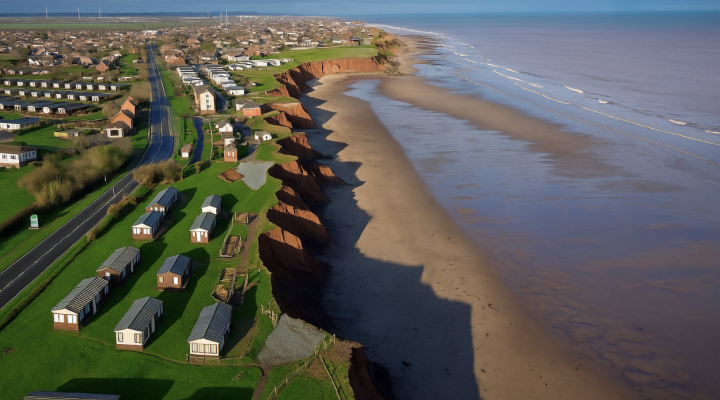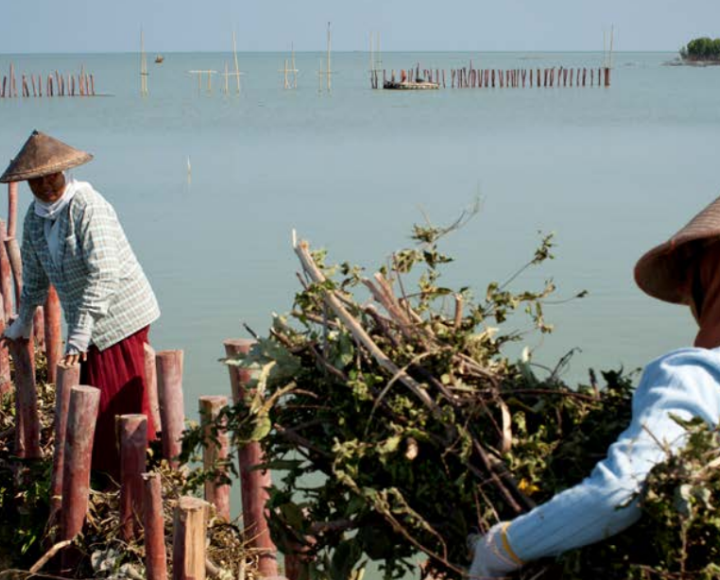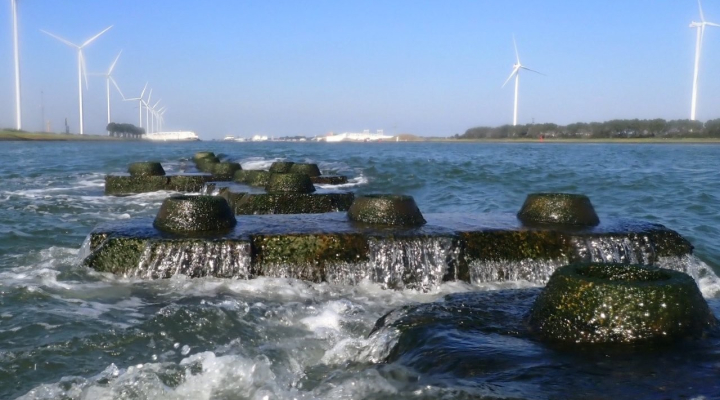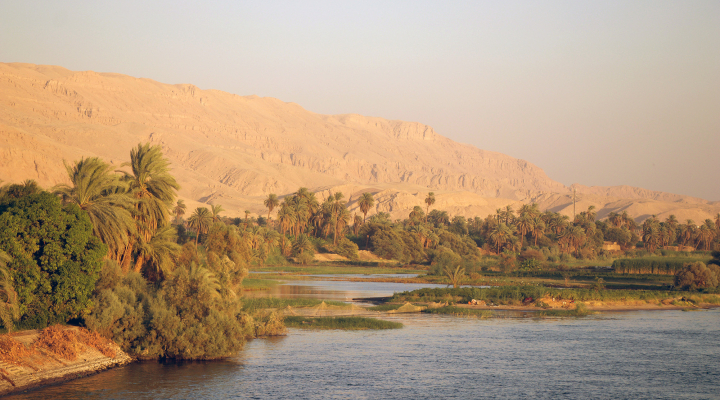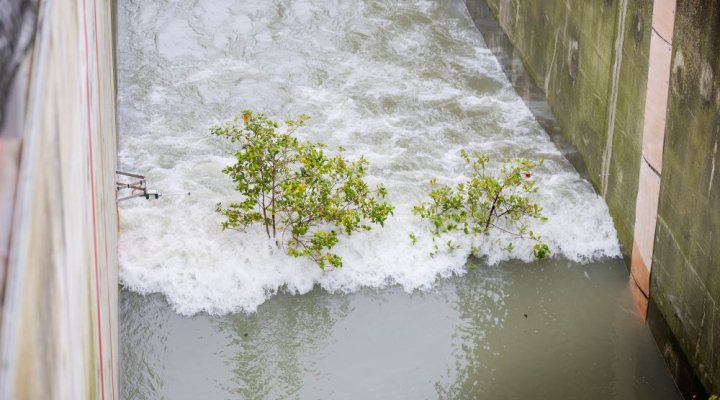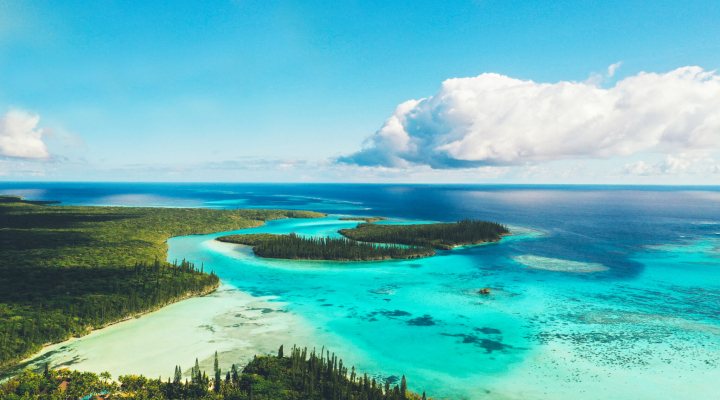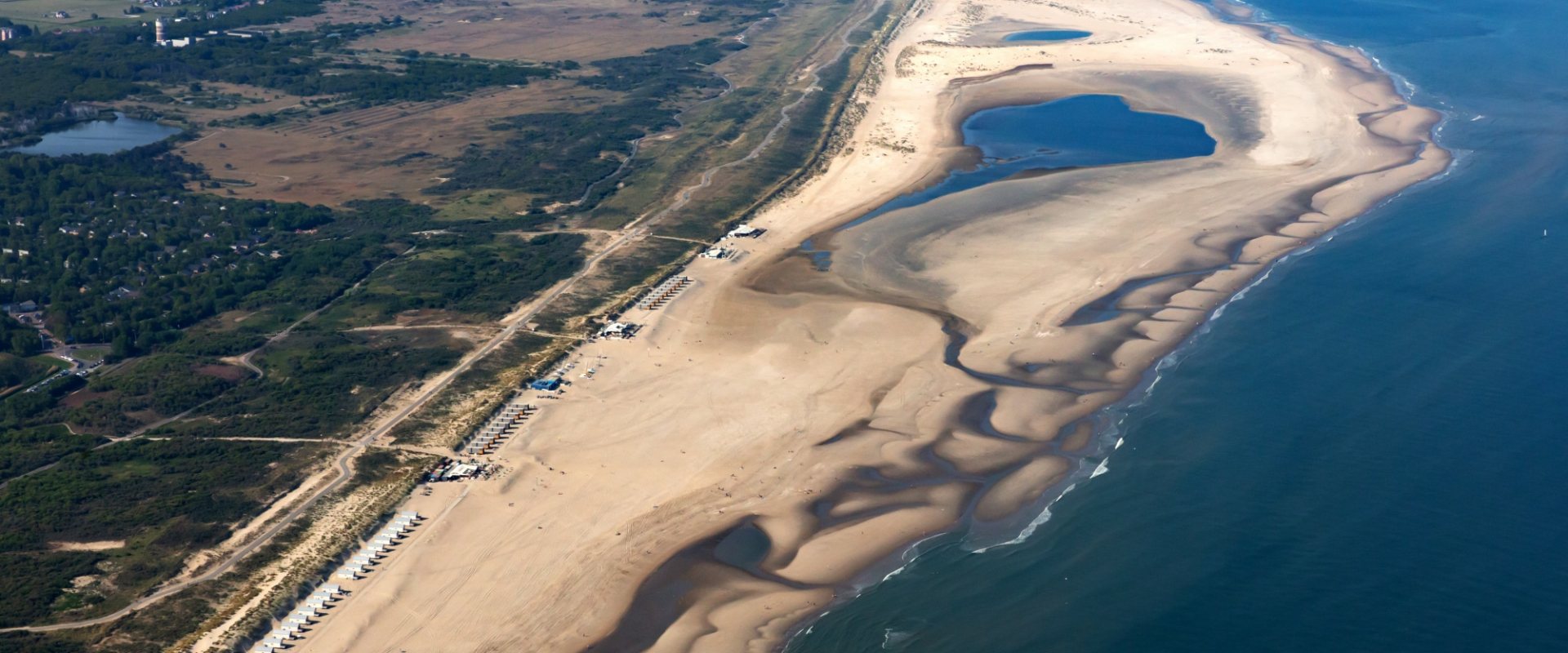
International guidelines on Nature-Based Solutions to reduce flood risks
The use of landscape features in the construction of flood walls to buffer wave action or trap sediments, asks for commitment and is not something civil engineers can do on the side. ‘It requires tangible forms of time and efforts’, said Todd Bridges, national leader of the programme Engineering with Nature at the US Army Corps of Engineers.
Bridges made his remark during the online launch event of the International Guidelines on Natural and Nature-Based Features for Flood Risk Management. The launch took place on 16 September.
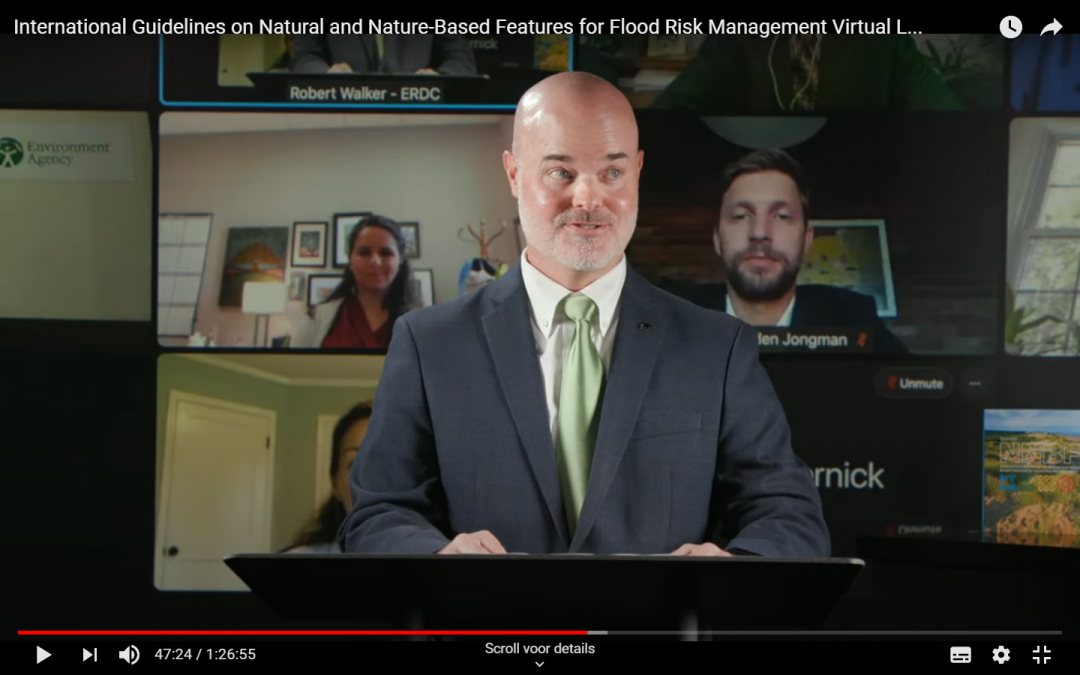

Natural features
The International Guidelines on NNBF for Flood Risk Management provide practitioners with the best available information to incorporate landscape features during conceptualizing, planning, designing, engineering, constructing, and maintenance of more resilient coastlines, rivers and freshwater systems. With less erosion, more flood protection using less hard materials.
The NNBF Guidelines have been developed by Dutch national executive agency Rijkswaterstaat, the US Army Corps of Engineers and the Environment Agency in the UK. More than 180 experts from 77 organisations contributed to the book, providing the latest insights on themes such as performances, (co)benefits, and community engagement.
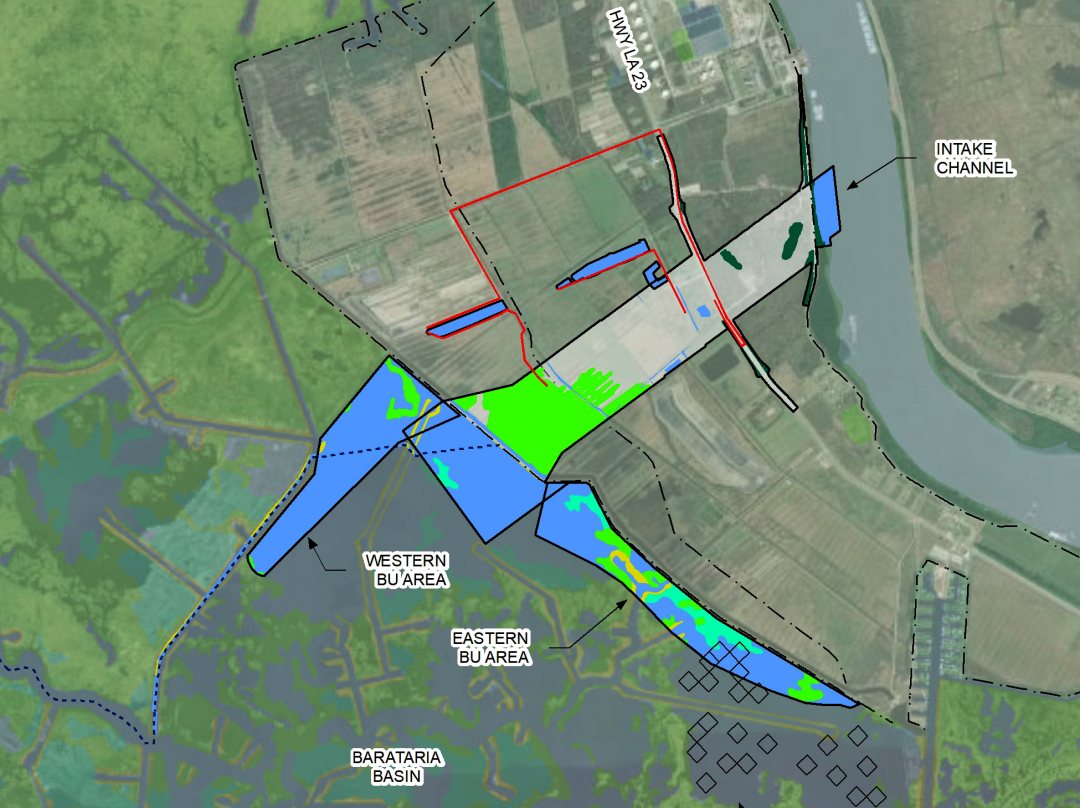

Less hard materials
During the launch event Bridges reminded us of the increasing flood events and the recent examples in Europe and the US earlier this year. The question is how civil engineers can address, through future proof infrastructure, the challenges posed by the boldly hazard world. ‘Over the past hundred years we used a lot of concrete, rock, brick, asphalt and steel to build flood walls’, Bridges said. ‘Using nature-based features such as dunes, wetlands, reefs and islands, learned us that there are much more benefits than flood risk reduction alone’.
The launch event made clear that nature-based features are no static elements as often is the case with hard constructions. Salt marches, reefs, and sand barriers respond to sea level rise, salinity and temperatures. The long-term monitoring of these changes and the impact on the performance of flood risk reduction is a key element of NNBF-projects.
Bridges warned that NNBF solutions are not a quick fix. Another new aspect for civil engineers is community engagement that automatically comes in when working in landscapes.
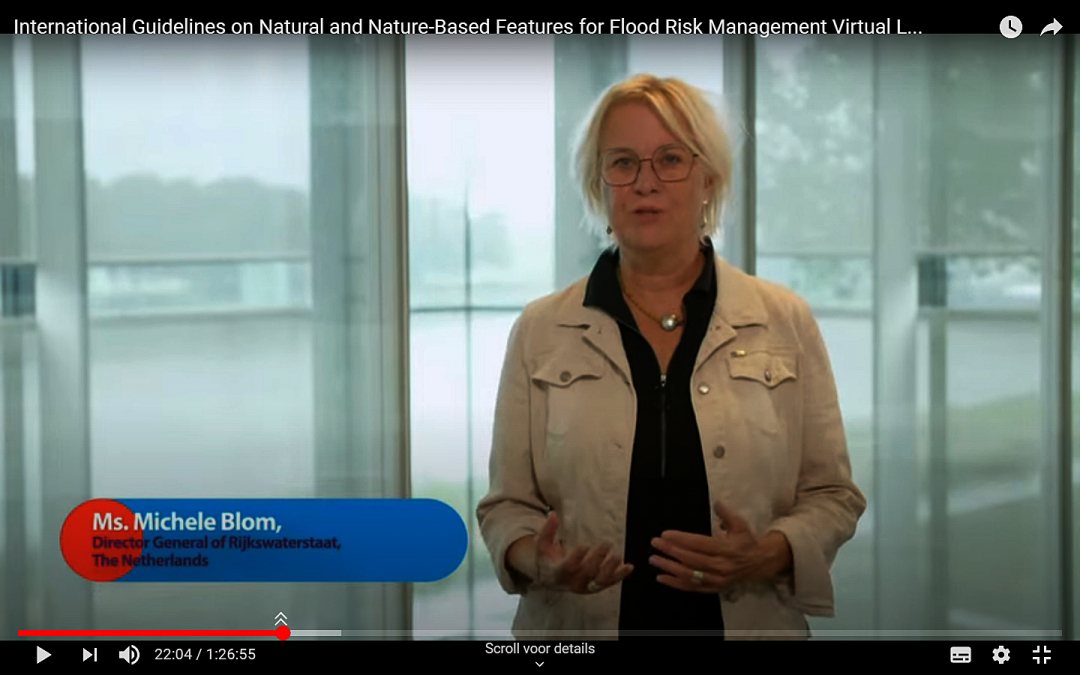

Dutch dune coast
On behalf of Rijkswaterstaat, Director-general Michele Blom, participated in the launch event with a video message. The Netherlands has a long tradition in using nature-based features for its flood defence, with the well preserved coastal sand dunes as its best example. In recent years, Rijkswaterstaat has intensified the use of sand to strengthen the coastal flood defence, using the experiences and insights from pilot projects conducted within the programme called Building with Nature.
Blom too mentioned the recent floods in Europe and especially referred to the record high water levels in the river Meuse. 'We never believed that this could take place during the summer season. Fortunately we carried out river widening works over the past 25 years. And these clearly prevented a lot of damage and luckily no lives were lost in the Netherlands’, Blom said.
More adaptive approach
The Dutch water authorities are aware that these extreme events will occur more often. According to Blom the Dutch flood prevention policies changed over the years. The initial policy to fight against water, has now been replaced by a policy that aims at new ways to live with water as a society. ‘I firmly believe that nature-based solutions are the most important approach to adapt and protect ourselves.’
The international guidelines are an important tool to do a better job, both Blom and Todd said. Both expressed the hope that the experts and organisations involved, will continue to develop, share, discuss, and learn from each other.




